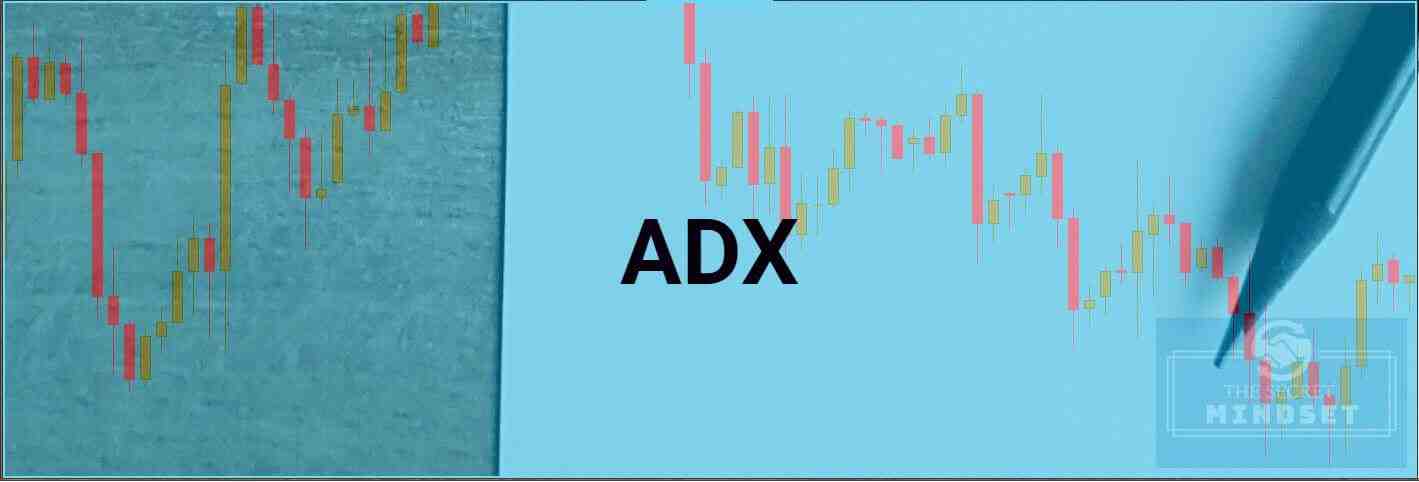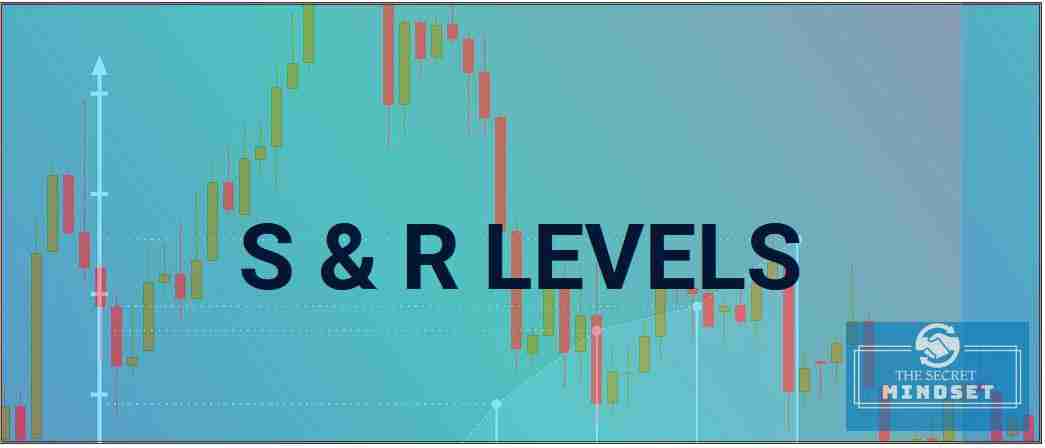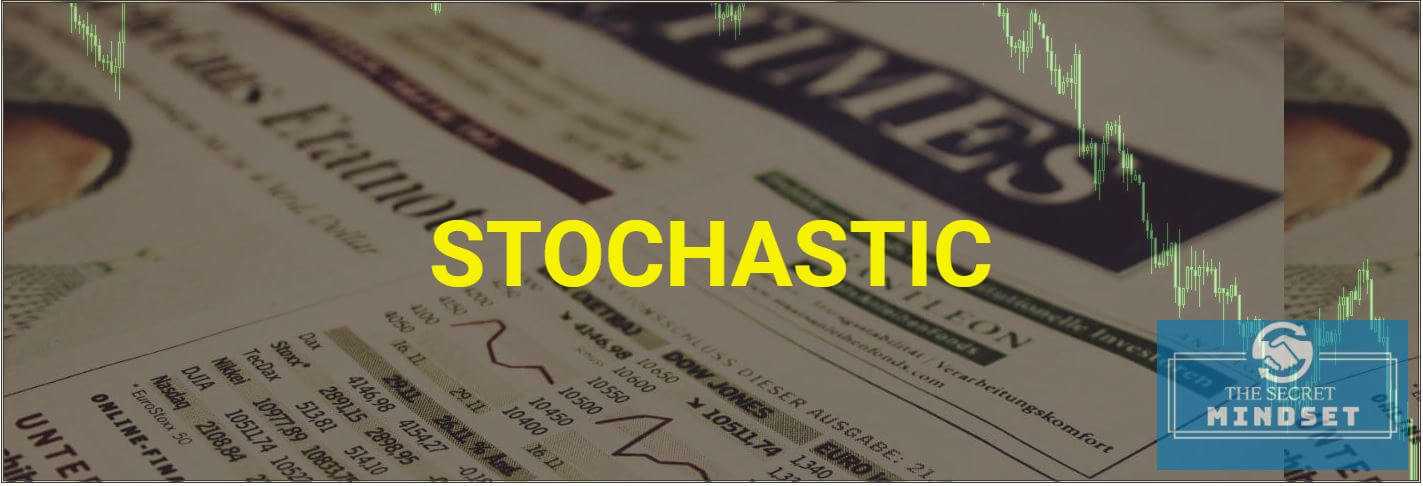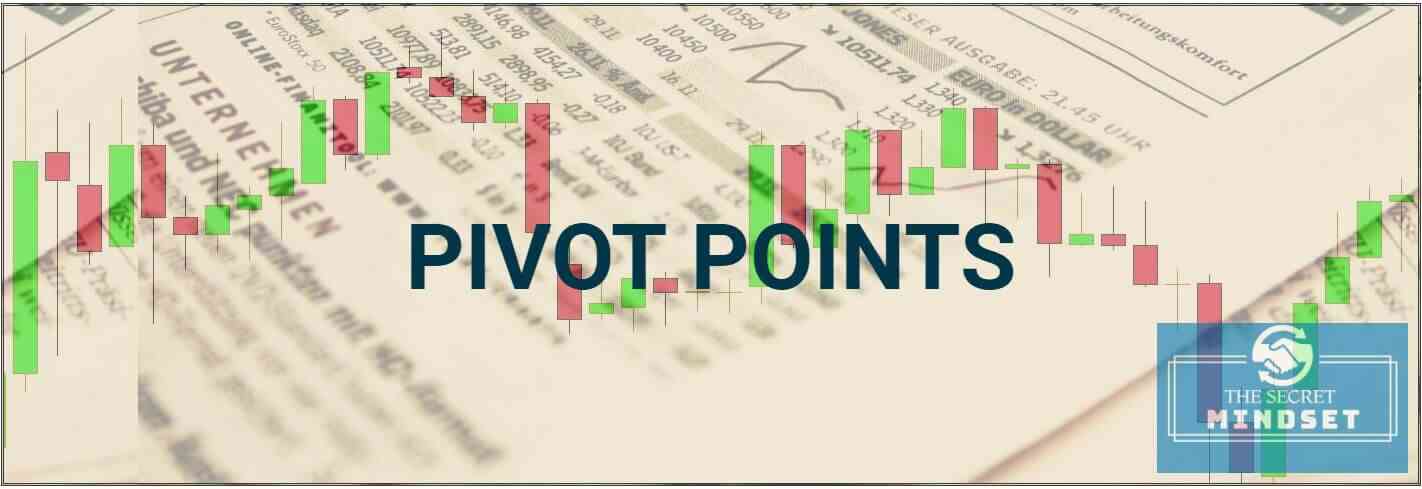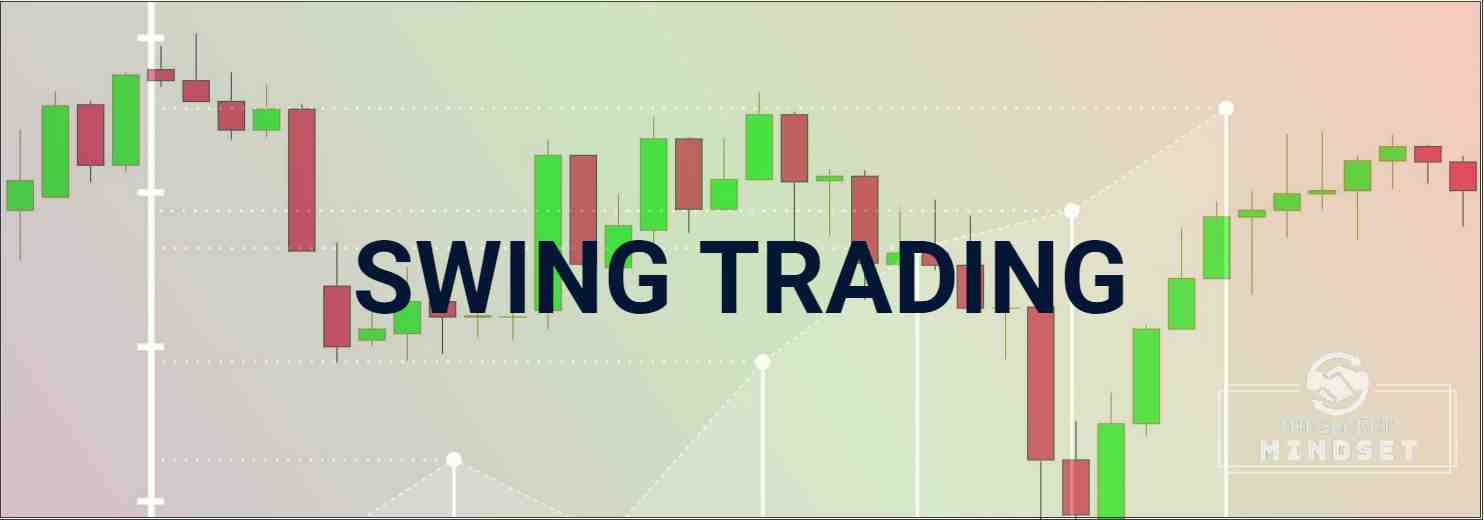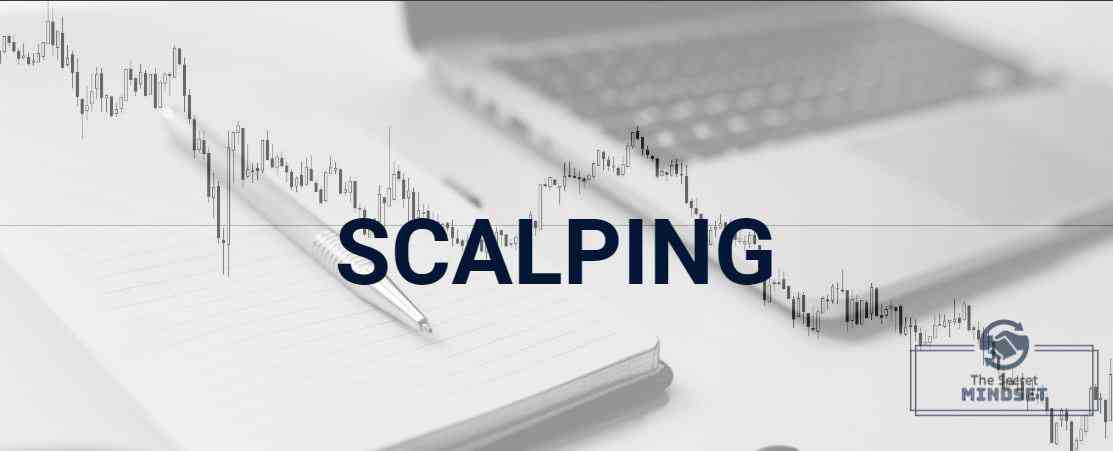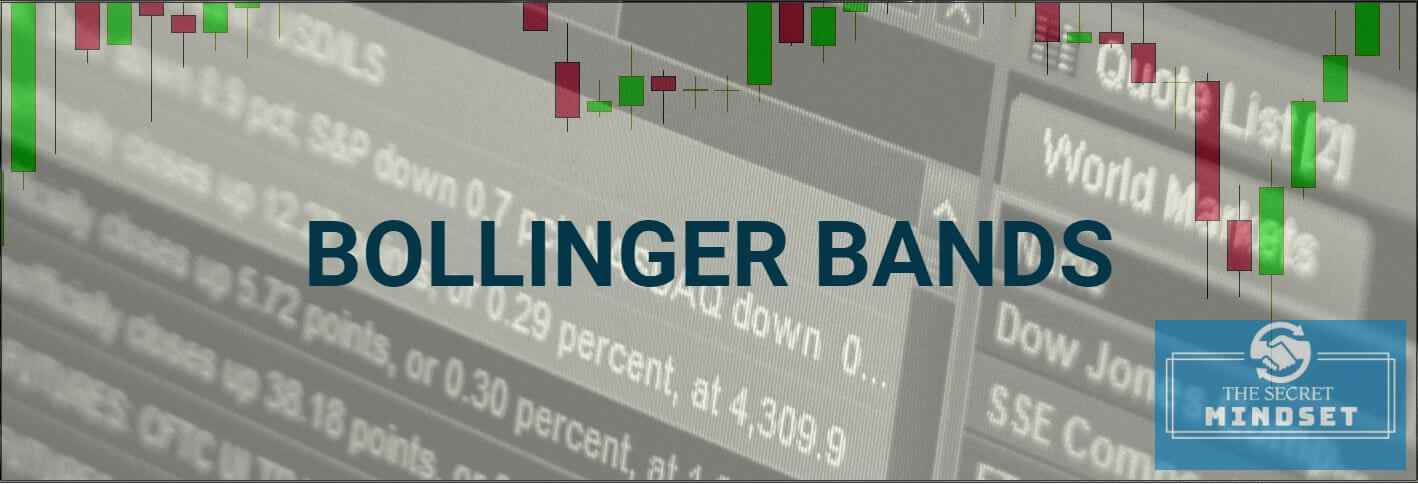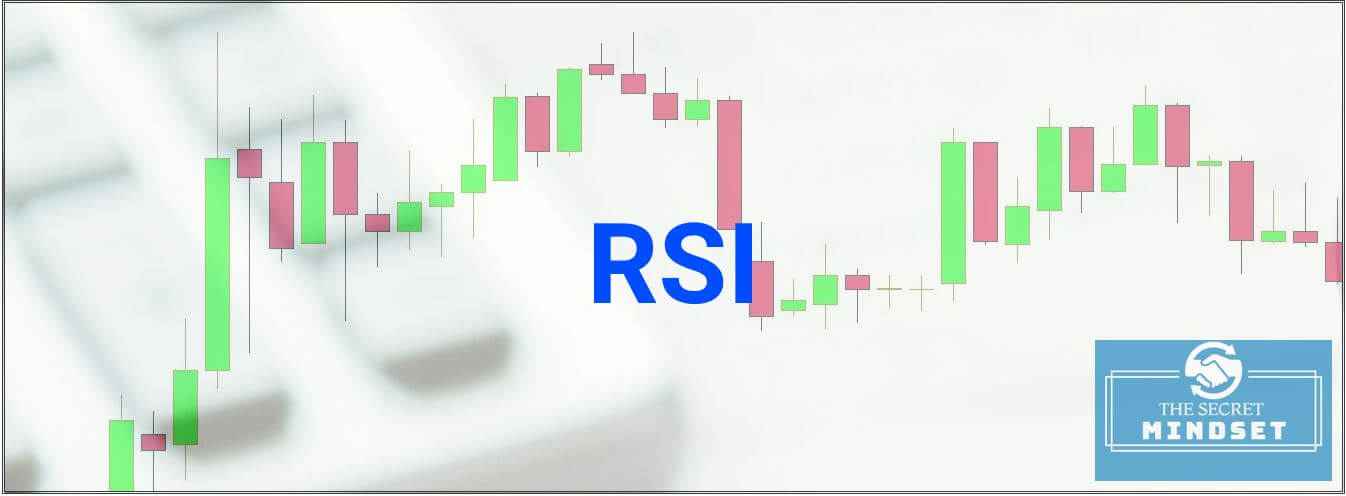SWING TRADING | DAY TRADING |
DEFINITION |
- Trading technique for short-term positions, usually from overnight to 1-2 weeks maximum.
| - Trading technique within a day, where trades are typically opened and closed within one or two trading sessions.
|
SKILLS REQUIRED |
- Requires a lot of patience, confidence in own analyses, good planning skills and DISCIPLINE.
| - Requires fast decision-making ability, focus and alertness.
|
NUMBER OF TRADES |
- Swing trading will generate around 5 – 15 entries in a weekly basis
| - An active day trader could have 3-8 trades daily.
- Scalping traders could register even over 50 trades on a daily basis
|
DECISION CRITERIA |
- Fundamental analysis is an important part of the decision-making process
- Technical analysis of short-term trend ( 3-7 days) and medium-term outlook (1 -3 months)
| - Fundamental analysis is pretty much ignored
- Technical analysis is based on momentum indicators and overbought/oversold levels
|
TIME REQUIRED |
- Swing trading is more flexible, it offers time away from charts
- Swing traders execute fewer trades and they don’t have to monitor the trades all the time.
| - Day traders must monitor the price action very closely, so the “screen time” is considerably higher
|
TIME-FRAME |
- Swing traders often prefer to operate with time-frames like M30, 1H, 4H and 1D.
| - Daytraders prefer to focus on smaller time-frames like M5, M15 or M30.
- Scalpers spend most of their time on M1 and M5 time-frames (even on 30-seconds charts or even lower!)
|
LOT/SHARE SIZES |
- Swing traders operate with lower lot/share sizes because they use higher stop loss orders
- For the casual swing trader 1-2 lots or 100-300 shares is enough for risking a portion of his account
| - Day traders usually use larger positions, specifically scalpers in order to make good money
- A day trader could use 1-5 lots or 300 -1000 shares, of course depending on the market price and volatility
|
RISK MANAGEMENT |
- Stop loss orders are much wider in swing trading, but so are the profit targets
- Stop loss orders for swing trading could be as high as 3 -5% from the account balance
| - Stop loss orders are usually lower in day trading, and the profit targets are also lower (that’s why a day trader would never catch a “super-trend”, because he will settle for a small portion)
- Stop loss orders for day trading could be as high as 1 -3% from the account balance, in order to diminish the risks of taking a higher number of trades
|



